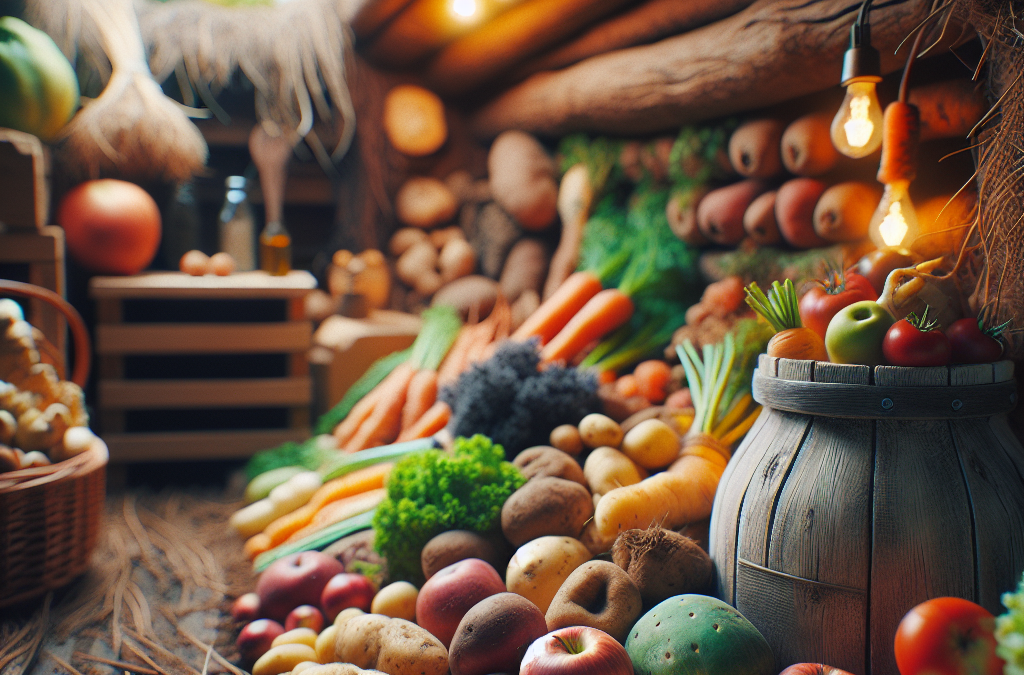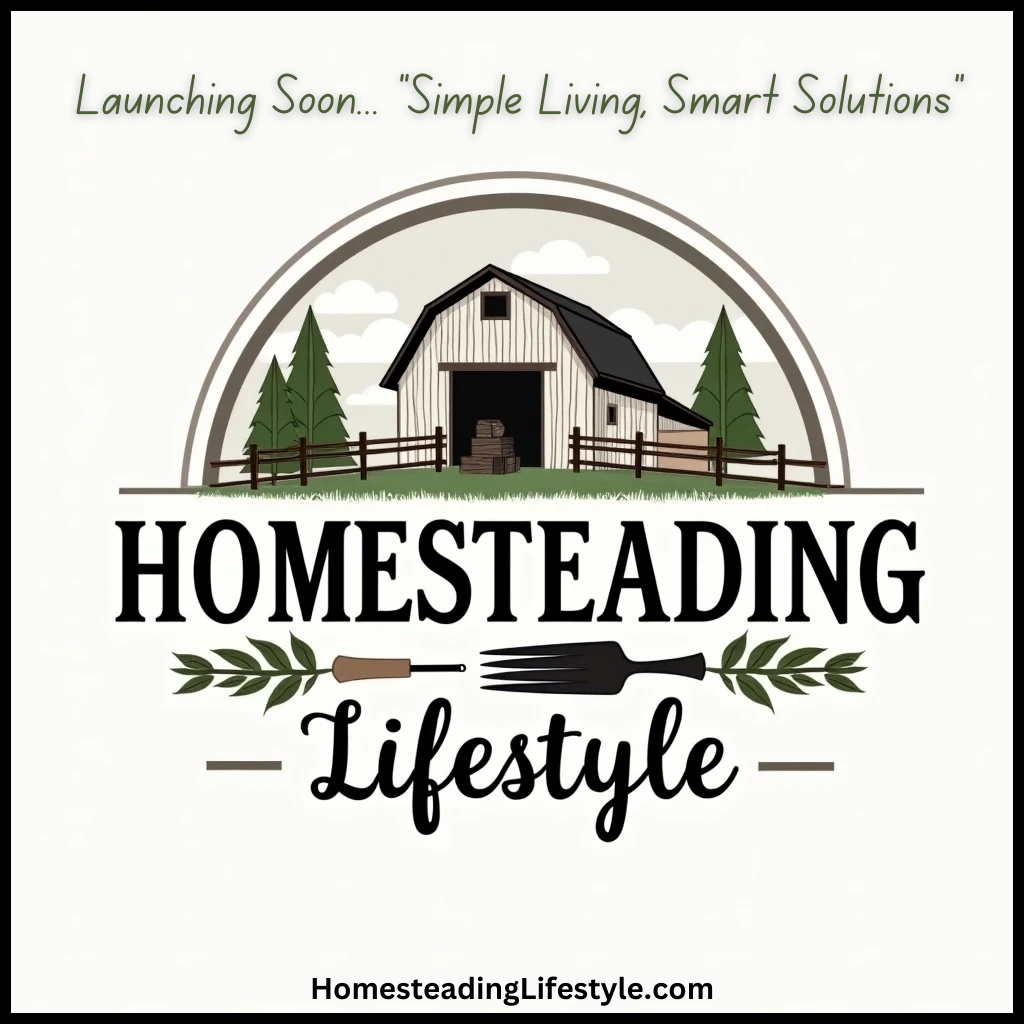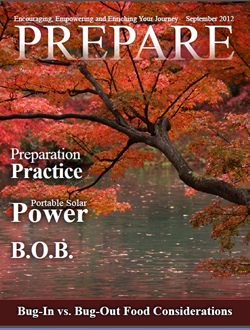Planning Your Root Cellar Location
Choosing the Right Spot
So, when I first thought about building my own root cellar, the biggest hurdle was finding the perfect spot. I’ve got a backyard with a little sloped area that seemed ideal. You want a place that stays nice and cool, preferably below ground or at least partially submerged. The soil type matters too — sandy or loamy soil enables good drainage!
Think about how far away your root cellar should be from your house. I opted for a space that’s close enough to run back and forth but far enough to not intrude into my garden space. Accessibility is key; you don’t want to trudge through a muddy yard during harvest season.
Consider factors like sunlight exposure and wind protection for your chosen location. I made a little sketch of my yard to visualize where the sun hits throughout the day, and it was a game-changer!
Measuring the Space
After deciding the spot, measuring came next. I grabbed my trusty tape measure and had a look at how much room I had to work with. Keep in mind that most root cellars don’t need to be gigantic — just enough to fit your harvest! For me, I aimed for a space that was about 8 by 10 feet, which felt cozy yet functional.
When measuring, I also thought about the height. You want enough ceiling space to move around without bumping your head on the beams. I learned early on that root cellars are low-tech, and I didn’t need anything fancy, just practical!
Get your measurements right, and maybe even mark out the corners of your future root cellar with string or stakes, so you can really see how it’ll fit into the layout of your backyard.
Considering Drainage and Ventilation
This part? Crucial. I didn’t want to end up with a swampy disaster. I made sure my chosen spot had a slight slope away from the cellar entrance, allowing water to drain naturally. If you don’t consider drainage, it can lead to a moldy mess that ruins your stored goods!
Next up was ventilation. A good root cellar needs airflow to prevent condensation and keep veggies fresh. I installed a vent pipe leading out the side, away from the entrance, which helped provide that natural airflow.
After addressing these concerns, I finally felt ready to dive into the actual construction. It’s like having a puzzle coming together in my mind’s eye!
Building the Structure
Gathering Materials
Alright, now we’re getting to the fun part — building! I started making a list of materials. I used cinder blocks for the walls; they’re sturdy and help with insulation. I also got treated wood for the door and some plywood for the flooring.
Don’t forget insulation! I used foam board insulation placed between the blocks to keep the cold in and the warmth out. Believe me, it makes a huge difference, especially during those hot summer months. A penny saved is a penny earned, right?
It’s important to gather everything before you start because running back and forth to the hardware store can kill your momentum. Once I had all my materials laid out, I felt ready to roll!
Constructing the Walls and Ceiling
Getting my hands dirty felt great as I started laying down the cinder blocks. I built the walls first; stacking them tight and ensuring everything was level. It’s a good idea to use mortar between the layers for added stability. No one wants a collapsing root cellar!
After the walls, I moved on to the ceiling. I used sturdy beams and plywood to create a solid top. I made sure to leave space for ventilation — again, airflow is key. I decided on a flat roof to save space and make it easier to add a little garden on top.
Once the structure was finally standing, I realized how rewarding DIY projects can be. It’s so fulfilling to create something from scratch with your own hands!
Creating an Effective Door
You might think a door is simple, but don’t underestimate its importance. I built a double door to help retain the cool air inside. I used treated wood to ensure durability, and added some insulation for good measure.
I also treated it with a weatherproofing sealant to protect against moisture. Every detail counts! When I got it hanging, I made sure it sealed tightly; no sneaky air leaks, thank you very much.
Creating an inviting entrance also added a nice touch. A little paint and some landscaping around the door made it feel less like a bunker and more like a cozy storage space!
Storing Your Harvest
What to Store
Now that I have my root cellar built, the fun part begins—deciding what to store! I mainly store root vegetables like carrots, potatoes, and turnips. They thrive in the cool, dark space!
Fruits like apples and pears are great too, just be sure they’re undamaged when you put them in. I keep them in a separate area to avoid the ethylene gas they produce from affecting my veggies.
Other goodies like squash and onions, which come in handy for winter meals, fit perfectly as well. The options are endless, and it feels amazing to be able to enjoy my harvest throughout the winter!
How to Store Correctly
Proper storage is key! I learned to avoid washing any produce before storing — keeping them dry prevents decay. Instead, I just brush off any dirt and let them be.
Utilizing bins or cardboard boxes keeps everything organized. I even labeled them so I know what’s where. Keeping my space tidy makes it easier to grab what I need, when I need it.
Don’t forget to check in on everything periodically! It’s essential to remove any spoiled items to prevent them from affecting the others. A little maintenance goes a long way in a root cellar!
Maintaining Your Root Cellar
I found out the hard way that it’s essential to keep an eye on humidity levels. Too much moisture can lead to mold, so I like to use a hygrometer to help track that. Aim for a humidity level of about 85% — perfect for keeping everything fresh!
Temperature is just as important; ideally, you want it to stay between 32-40°F. Keeping an eye on the temperature helps you know when to make adjustments to your ventilation.
Make regular visits to your root cellar a habit, just like tending to your garden. A little love and attention are all it takes to have a fruitful harvest all year round!
Enjoying the Benefits!
Fresh Produce Year-Round
Honestly, my favorite part of having a root cellar is being able to enjoy fresh produce all winter long. It’s so satisfying to pull out a jar of homemade pickles or a fresh squash from storage while the snow falls outside. It’s like having a mini grocery store right at home!
The quality of the produce is noticeably better; there’s something about naturally stored veggies that just tastes richer. I’m convinced that all my hard work pays off when it comes time to use them in hearty winter meals.
It also makes me feel more connected to my gardening efforts. Every vegetable I pull out of there reminds me of the time and care I put into growing them. Talk about rewarding!
Reducing Food Waste
Building a root cellar has changed the game for reducing my food waste. Instead of throwing out items that couldn’t make it to my fridge in time, I can store them for months! Apples that might have bruised? No problem; they’ll hold up just fine.
By storing my harvest naturally, I’m not only improving my own diet but also doing my part to reduce waste. I feel empowered knowing I’m utilizing the land I’ve worked on, making the most of every fruit and veggie.
It’s like a sustainable cycle that nourishes me and my family, allowing us to eat seasonally and embrace being self-sufficient!
Creating a Sustainable Lifestyle
My root cellar is more than just a storage space; it embodies my journey toward a sustainable lifestyle. I’ve learned so much about permaculture and how to work with nature, rather than against it.
It inspires me to continue growing my own food, exploring organic gardening techniques, and trying out new preservation methods. Fermentation, canning—there’s a whole world to dive into!
Every harvest season feels like a celebration of the fruits of my labor and the effort I’ve put into creating a better, greener, self-sustained world for myself and my loved ones.
Frequently Asked Questions
1. What types of vegetables can I store in a root cellar?
You can store root vegetables like potatoes, carrots, and beets, as well as some fruits like apples and pears. Just make sure they are in good condition before storing!
2. How do I maintain the right humidity in my root cellar?
Using a hygrometer can help you track humidity levels. You want around 80-90% humidity, which you can maintain through good ventilation and by avoiding excess moisture when storing produce.
3. Is temperature control important for a root cellar?
Absolutely! The ideal temperature for storing produce in a root cellar is between 32°F and 40°F. Use good insulation and ventilation to help regulate temperature.
4. Can I use my root cellar for non-vegetable items?
Yes! You can store canned goods, jars of preserves, and other non-perishable items as well. Just keep an eye on how they might be affected by humidity levels.
5. How often do I need to check on my root cellar?
I recommend checking in at least once a month. Regular visits will help you keep track of any produce that may need to be used up or removed to prevent spoilage in the rest.
Related Content
- Raising Animals on Your Homestead: A Guide to Keeping Chickens, Goats, Pigs, and More
- Build an Eco-Friendly Animal Shelter
- From Hobbyist to Pro: Tips for Turning Your Home Farm into a Business
- DIY Windmill for Water Pumping on Homesteads
- From Hobbyist to Pro: Tips for Turning Your Home Farm into a Business





